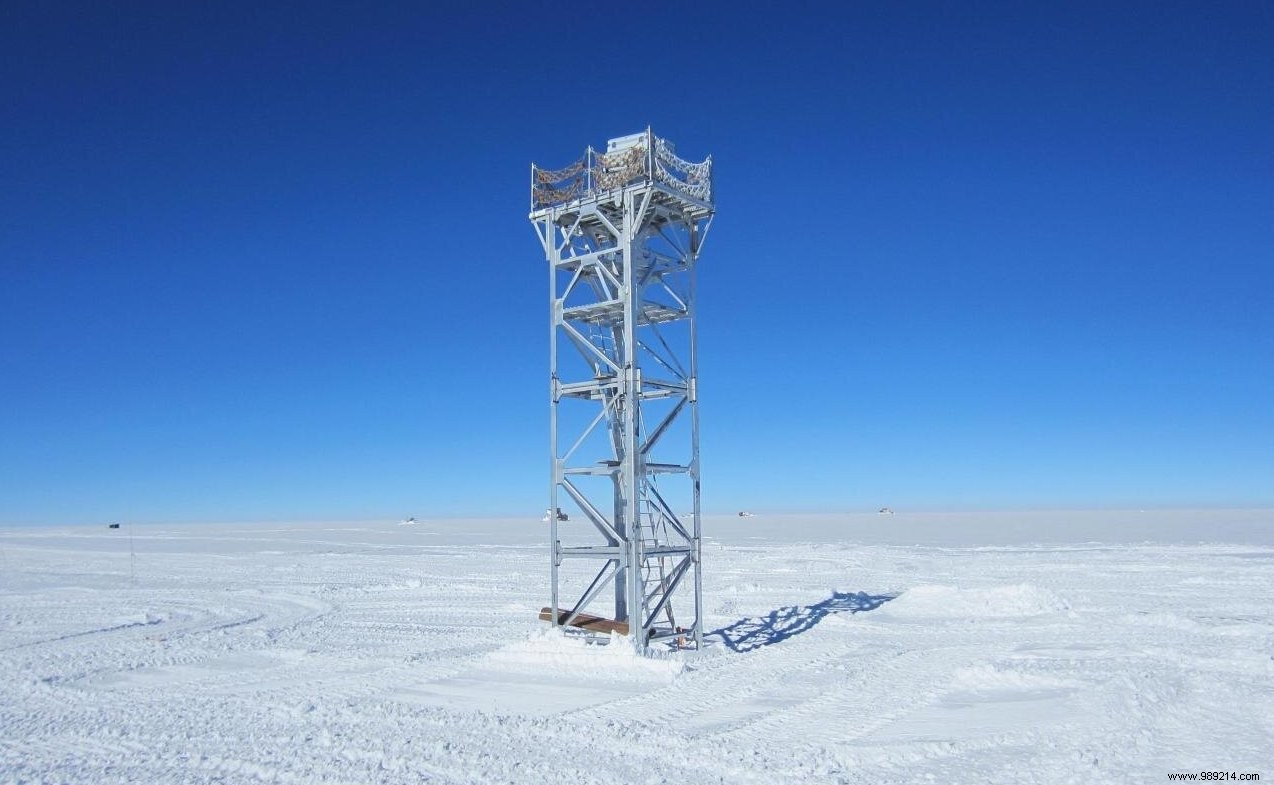Researchers have just identified the best place on Earth to observe the stars through a telescope. The challenge ? This place located in Antarctica is one of the coldest and most remote on the planet.
To observe the stars on our small scale, we just need to get as far away as possible from any source of light pollution. This is ultimately the one and only factor to take into account. However, when you are an astronomer and need to look "deep" into the night sky, another factor must be taken into consideration:the atmosphere.
For this reason, many observatories have been built at high altitudes, in mid-latitudes and where the humidity is very low. This is particularly the case in Chile or Hawaii for example. But could we do better? It seems so!
Based on a recent study published in Nature , Antarctica would indeed offer even better conditions. The researchers refer more specifically to the Dome A , an ice shelf found 1,200 km inside the eastern side of the continent.
“A telescope located here could outperform a similar telescope located at any other astronomical site “, assures Paul Hickson, co-author of the study. “The combination of high altitude, low temperatures, long periods of continuous darkness, and an exceptionally stable atmosphere make Dome A a very attractive location for optical and infrared astronomy. A telescope located there would have sharper images and could detect fainter objects “.

One of the biggest challenges in Earth-based astronomy is overcoming the effect of atmospheric turbulence on telescope image quality. This turbulence makes the stars twinkle. Thus, the less there is, the clearer the images.
These turbulences take place in the so-called "boundary" layer of the atmosphere. That is, it happens in the lowest layer. That which is influenced by the friction of the Earth's surface. However, the big advantage of Dome A is that it is located at an altitude of more than 4,000 meters , under a thinner "boundary layer". It thus allows better access to the so-called "free" atmosphere where turbulence is less felt.

Astronomers measure this atmospheric turbulence with a number " seeing" in arcseconds. The lower this number, the better.
Some of the best astronomical sites in the world, like the observatories in Chile and Hawaii, show numbers between 0.6 and 0.8 arcseconds . However, according to this new study, which is based on observing the sky for seven months at eight meters in height, Dome A would have a night vision capacity of only 0.13 arc seconds .

Note that the freeze showed up as the main obstacle to experience. And for good reason, Dome A is located in one of the coldest places on the planet . However, by finding ways to circumvent this problem, the researchers claim that vision could be improved by an additional 10 to 12%.